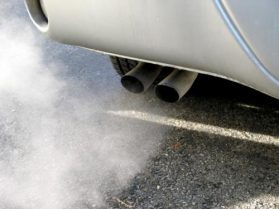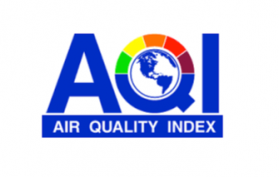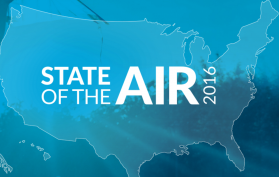With sustainability gaining steam as a key goal for St. Louis area municipalities, the Clean Air Partnership continues to use our blog to highlight some of the incredible eco-friendly initiatives underway in several cities across the region. These efforts are not only improving the environment, but are also helping to reduce air pollution in the region. This month, we’re shining a spotlight on the City of Maplewood.
In recent years, Maplewood has been a participant in the St. Louis Green Business Challenge and the recently created Green Cities Challenge. And, the city has made great environmental strides as part of its involvement in both initiatives.
The Green Business Challenge is a joint program of the St. Louis Regional Chamber and the Missouri Botanical Garden that helps businesses of all types and sizes to integrate “Triple Bottom Line” (fiscal, social and environmental) measures into the kinds of daily operations common to every business. Participants identify and adopt strategies that improve financial performance and engage employees in voluntary measures to reduce environmental impacts. In 2015, the Green Cities Challenge was established to give St. Louis area municipalities a new way to get involved in the Green Business Challenge and to provide the cities with the opportunity to learn how to incorporate sustainable policies and practice sustainable fundamentals within their local government business operations.
During 2016, the City of Maplewood has achieved EPA Green Power Community status via solar installations on city buildings and the purchase of Renewable Energy Credits. As a result, residents and businesses are matching 6 percent of the city’s energy use with green energy. Annually, Maplewood is supporting more than 7 million kilowatt-hours of green power, which is equivalent to the electricity used in nearly 700 average American homes. This cut in energy use has an environmental impact that is equal to removing over 1,200 cars from the road for one year, and is helping to improve the quality of the air we breathe.
Earlier sustainable accomplishments made by Maplewood include the establishment of the first Green Dining District in the nation, with 10 community restaurants attaining certification through the St. Louis Green Dining Alliance.
To learn more about the link between sustainability and air quality, explore our website, like us on Facebook or follow us on Twitter at @gatewaycleanair. For more information on the sustainable efforts underway in Maplewood, check out the St. Louis Green Business Challenge website at http://stlouisgreenchallenge.com/.

 How often do you find yourself idling your car in drive-thrus, parking lots or right outside your child’s school? It’s probably a lot more than you care to admit, especially given how bad all of that unnecessary idling is for our air.
How often do you find yourself idling your car in drive-thrus, parking lots or right outside your child’s school? It’s probably a lot more than you care to admit, especially given how bad all of that unnecessary idling is for our air.
 The American Lung Association’s
The American Lung Association’s